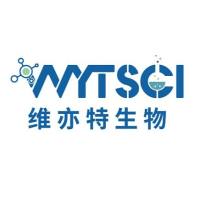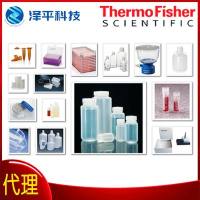Genotoxic Sensors
互联网
460
Bacterial mutagenesis assays have been used as preliminary screens for the evaluation of chemicals because they are rapid, simple, and are correlated with carcinogeneity in humans (1 ). The activation of bacterial DNA repair systems (recently reviewed; 2 ,3 ) can be used as a measure of mutagenic and genotoxic effects of various chemical as well as physical treatments. Many of the gene products that act to repair DNA, however, are difficult to assay owing to the nature of their enzymatic activities and the particular substrates on which they act. Thus, investigators have used relatively mexpensive and rapid alternative approaches. Measuring the reversion of specific auxotrophic bacterial mutations is the strategy used in the Ames tests (4 ,5 ). However, this type of method requires a substantial incubation and costly multistep manual procedures. The use of various transcriptional fusions also allows for the detection of agents that interact with DNA without a long incubation period. Many tests use 1acZ as the reporter for measuring transcriptional activation of promoters that are induced by DNA damage (6 –9 ). In addition, lacZ -prophage inductton assays (10 ,11 ) measures additional effects of the SOS response.






